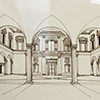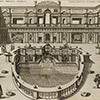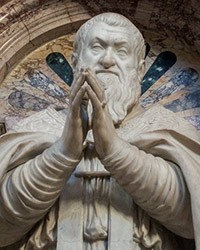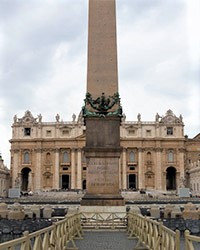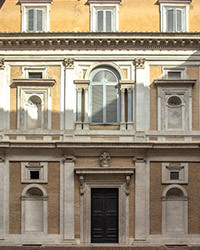Bartolomeo Ammannati (1511–1592) – the beginnings of an outstanding career of a great Italian Mannerist
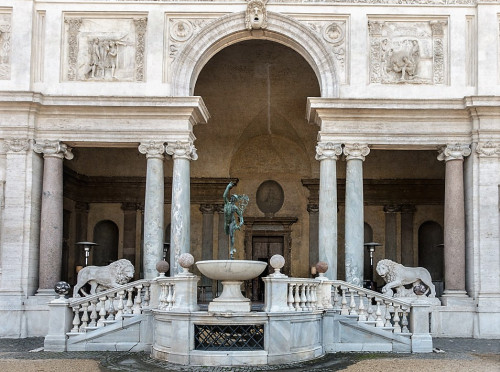
Bartolomeo Ammannati, villa Medici, casino - garden facade, fragment (loggia of Lions and Mercury)
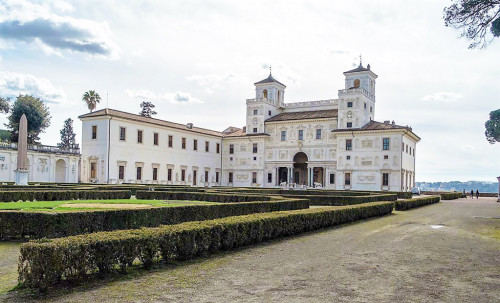
Medici villa, casino - garden facade
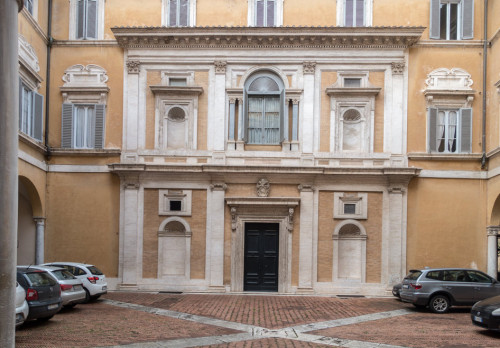
Palazzo di Firenze, courtyard - foundation of Pope Julius III

Palazzo di Firenze, courtyard
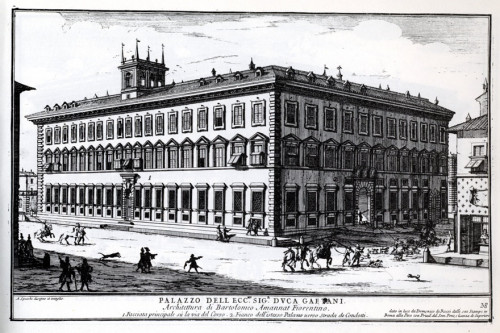
Palazzo-Ruspoli, Alessandro Specchi, Roma, 1699, pic.Wikipedia
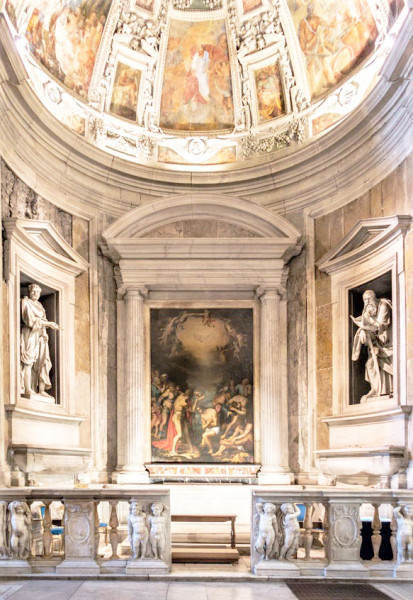
Chapel del Monte, Giorgio Vasari, Church of San Pietro in Montorio
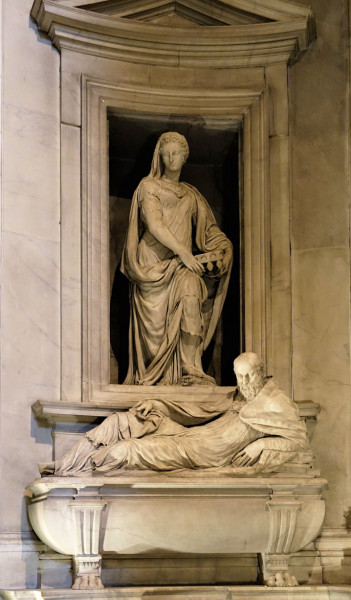
Bartolomeo Ammannati, Chapel del Monte, allegory of Religion, Church of San Pietro in Montorio
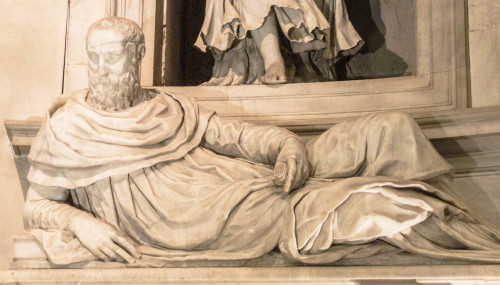
Chapel del Monte, Fabiano del Monte tombstone, Bartolomeo Ammannati, Church of San Pietro in Montorio
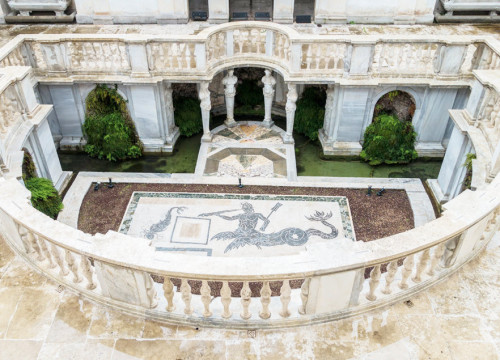
Bartolomeo Ammannati, nympheum in the Giulia villa complex

Bartolomeo Ammannati, nympheum in the Giulia villa complex, pic. Wikipedia
He was one of the most valued artists of his time. And although most of his famous works can be found in Florence, he also left some significant architectural and sculptural structures in Rome, which he visited numerous times. It was here that he spent the most beautiful moments with his recently married wife – Laura Battiferri, who loved the city on the Tiber and it often graced the pages of her poems. At that time, they were a rather unusual couple of artists bound by deep devotion – first to each other, and later also… towards God.
He was one of the most valued artists of his time. And although most of his famous works can be found in Florence, he also left some significant architectural and sculptural structures in Rome, which he visited numerous times. It was here that he spent the most beautiful moments with his recently married wife – Laura Battiferri, who loved the city on the Tiber and it often graced the pages of her poems. At that time, they were a rather unusual couple of artists bound by deep devotion – first to each other, and later also… towards God.
Exaggerated proportions of nude figures, the tendency to use elaborate and unnatural forms, drawing inspiration from antiquity, where the beauty of the human body was emphasized – such were the calling cards of Ammannati, which took him to the pinnacle of his craft and brought throngs of admirers. Before the artist came to Rome, his art did not exhibit so much refinement and was not directed to the intellectual and aristocratic elites, which would soon come to appreciate his mastery.
Ammannati was born in a large family in Settigniano near Florence. At the age of twelve, after the death of his father, he started becoming independent, beginning a long period of apprenticeship at the workshop of the valued in Florence Baccio Bandinelli. At the age of nineteen, he went to Venice, to train with the famous at that time Jacopo Sansovino. There, his talent grew, both in architecture and sculpture. Ammannati remained in the city on Lagoon for several years, then – wandering from court to court – he perfected his art.

We cannot be sure whether the sculptor came to Rome in 1548 in order to take part I the preparations for the Jubilee Year of 1550, or perhaps in that very year when Julius III ascended to the throne of St. Peter. Was it his future father-in-law Giovanni Antonio Battiferri, who helped him find clients, or was it the influential at the court of the previous pope, Paul III, Cardinal Cristoforo Madruzzo? Or maybe it was his countryman Giorgio Vasari who was able to appreciate Ammannati's work in Florence? Undoubtedly he heard the news about the funerary monument of a nobleman by the name of Nari completed in Florence, who brought both praise and criticism to its author.
Nevertheless, in 1550 the thirty-nine-year-old artist found in the Eternal City a community that was favorably disposed towards his art, as well as a plethora of valuable commissions. He settled in Rome together with Laura Battiferri, whom he had just married – a poetess who wrote poems on love, which were paraphrases of Petrarch's poetry, and who was friends with many of the then writers, which also included the well-known courtesan Tulia D’Aragon. Both the husband and wife enjoyed the carefree life offered to them by the newly elected pope and his court, focused on the comforts of life, ancient culture, and art anchored in mythology. Laura Battiferri was creative and in her own way “liberated”. They had no children. In times when women played decisively minor roles in both the social and artistic life, she participated in literary disputes, while her poetry found many enthusiasts.

Pope Julius III expected refined solutions and elaborate plans from Ammannati, which the artist had implemented for the suburban Villa Giulia, built for the pontiff. He also expanded one of the palaces for the pope’s family. It was to be the start of a large complex for the del Monte family on the premises of the Campo Marzio district. He also became, as was previously mentioned, the protégée of Giorgio Vasari – the chronicler of the artistic lives of this time period, but most of all an architect and a painter. He employed him to work on his project – the del Monte family Chapel. Ammannati completed sculptures for the chapel, thus leaving in the city both evidence of his skill, as well as his fascination with the art of Michelangelo, who was to oversee the works on this impressive undertaking.
After the death of Pope Julius III in 1555, Ammannati along with his wife, to her great regret, since she had become quite fond of Rome, left for Florence. It is there, that the artist experienced the acclaim he truly deserved, which resulted in a rather extensive list of outstanding works (fountains, statutes, palaces), which adorned the city on the Arno. The work at the court of Grand Duke Cosimo I de’ Medici, for whom he had become a trusted artist, would become the most important chapter of his career, guaranteeing him a significant place among the greatest artists of the Mannerism period.
Ammannati returned to Rome a few more times. In 1560 he took part in the embellishment of the Villa Medici on Pincio Hill, planned for the son of Duke Cosimo I – Cardinal Ferdinando de Medici. In 1572 he provided the designs for the Roman seat of the Jesuits – the Collegio Romano, which were later modernized and implemented by Giuseppe Valeriani. The poet and then critic of art Raffaello Borghini writes that the already weak “in eyesight and mind and not fully healthy” artist was still called up by Pope Sixtus V, who wanted to consult him on moving the Vaticano Obelisk to St. Peter’s Square (Piazza di San Pietro) and the design of the Sistine Chapel planned by the pope in the Basilica Santa Maria Maggiore, a task – as we know – which would finally fall to the shoulders of another architect, Domenico Fontana.
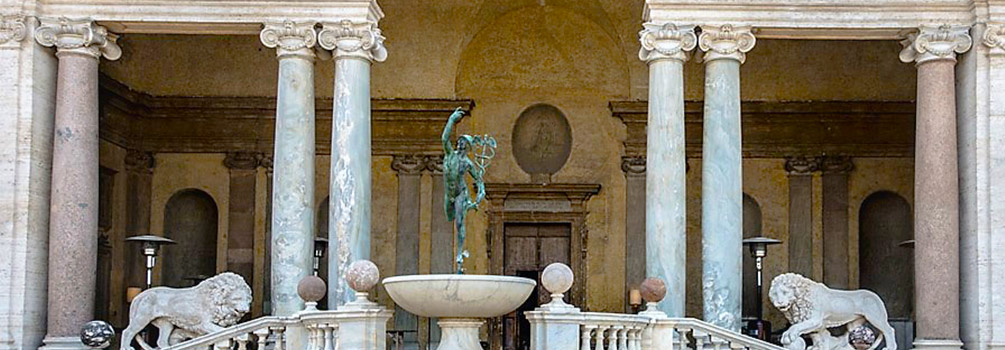
In time, Ammannati along with his wife, both more and more pious, tightened their relationship with the Jesuits, becoming great supporters of the Counterreformation which slowly became entrenched in the Italian mentality. Laura wrote religious sonnets, while Bartolomeo more and more often designed, but also financed facilities for the Soldiers of Christ, whose significance and role grew in Florence as well. Most likely it was under their influence in 1582 that in a letter to Florentine academics, which was a kind of self-criticism, he cut himself off from his previous works, believing them – due to their content (mythological) and nudity of figures – to be blasphemous, meaning against the principles of severe devotion. A few years later in a letter to Grand Duke Ferdinand de’ Medici, he asked to be relieved from painting and sculpting nude figures.
He passed away a few years after his wife, leaving his whole fortune to the Jesuits in his will.
Ammannati’s works in Rome:
Works on the de Medici Villa, 1570
Palazzo Rucellai (later Ruspoli) on via del Corso, approx. 1586
Design of Palazzo del Collegio Romano (attributed to him by some historians), 1582














